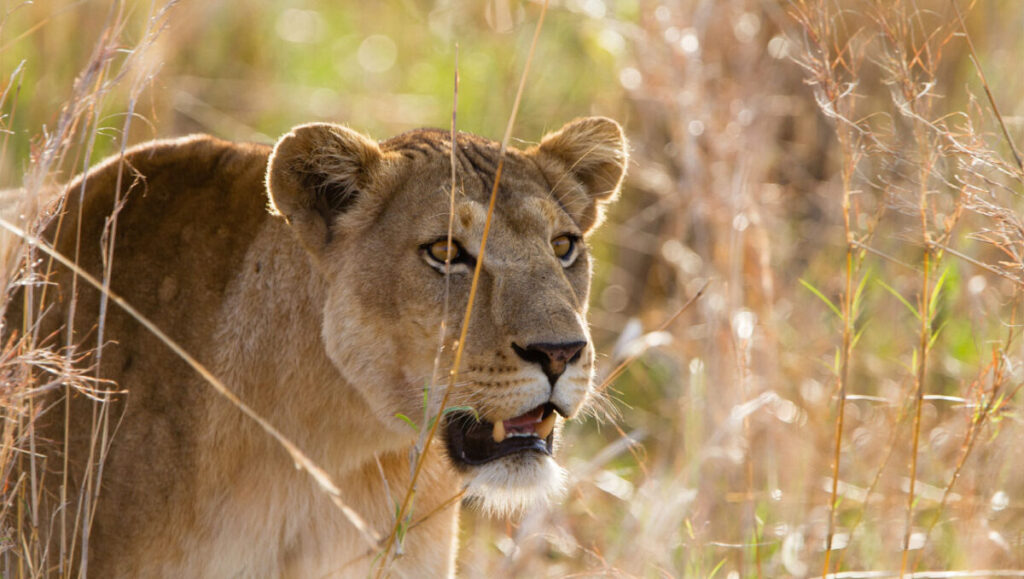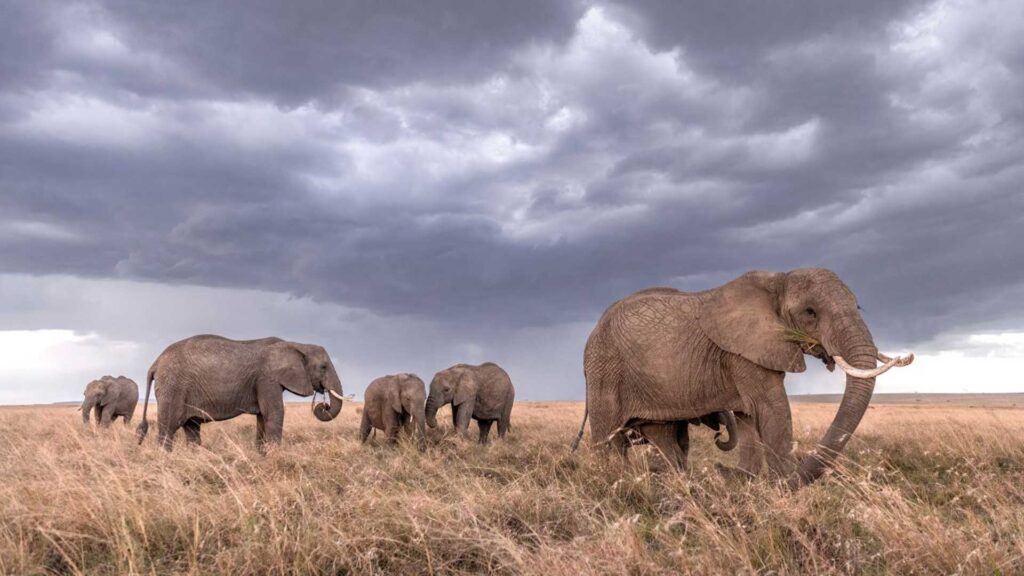Serengeti National Park
Serengeti National Park, covering 14,763 sq km, is Tanzania’s largest national park. Situated approximately 320 km northwest of Arusha, it lies on a high plateau between the Ngorongoro Highlands and the Kenyan-Tanzanian border, stretching nearly to Lake Victoria in the west.
Known as the “endless plains” by the Maasai, this vastness is felt immediately upon entering the southeastern plains from Ngorongoro. Established as a protected area in 1921 and designated a national park in 1951, Serengeti is Tanzania’s oldest national park and one of the world’s most renowned wildlife sanctuaries. Its landscape varies from the short and long grass plains in the south and east, acacia savannahs in the center, hilly, dense woodlands in the north, and extensive woodlands in the west.
The park offers diverse scenery, including plains, lakes, hills, and iconic rock formations known as kopjes. Key wildlife viewing areas include the Seronera Valley, the Western Corridor, and Lobo in northern Serengeti. The Seronera Valley, with its year-round water sources, supports high concentrations of wildlife.
Visitors commonly encounter lions, buffaloes, impalas, hippos, waterbucks, elephants, cheetahs, and leopards. From December to May, when the long rains begin, the eastern plains of Serengeti attract hundreds of thousands of migratory animals, drawn by the nutrient-rich short grass, making it prime for wildlife viewing.




